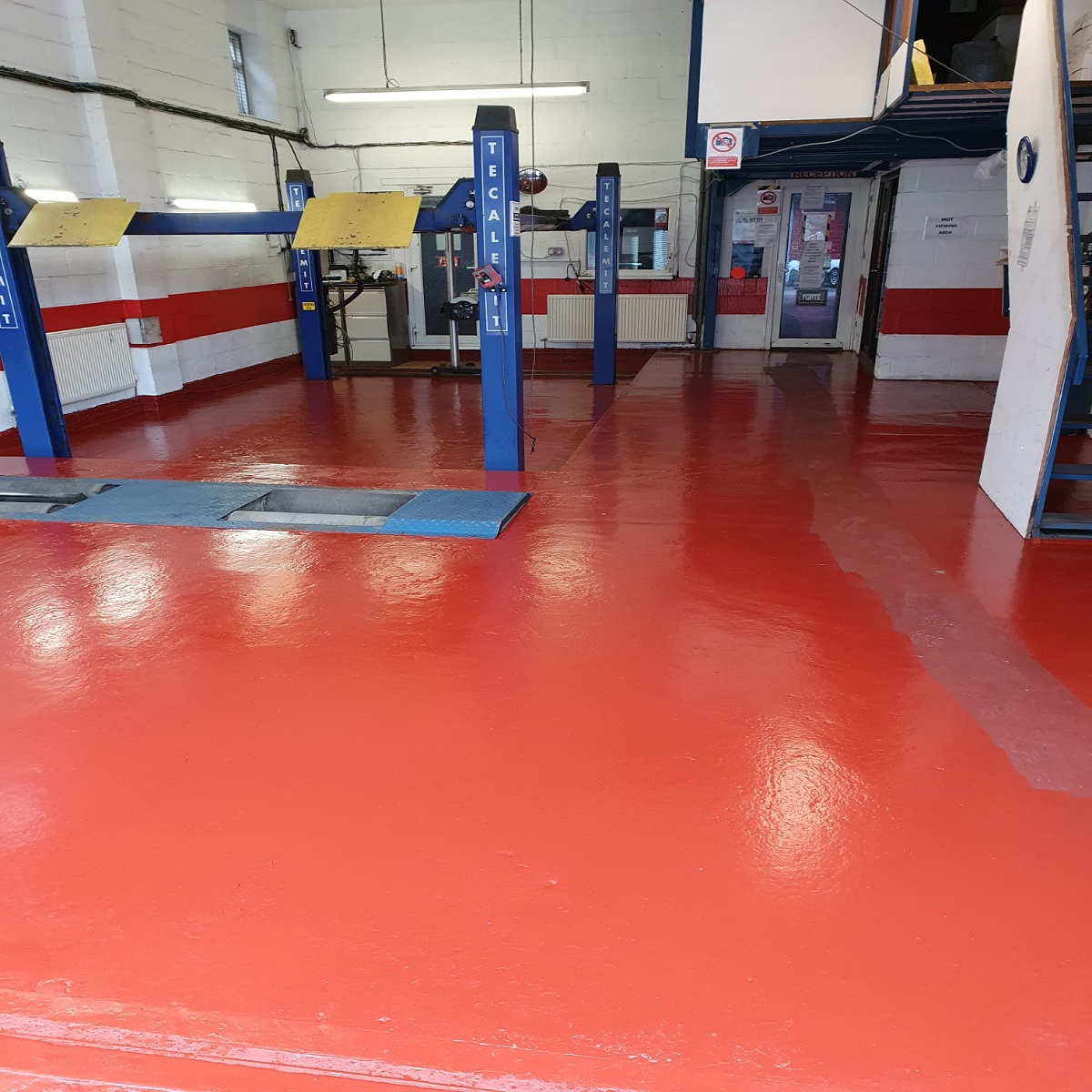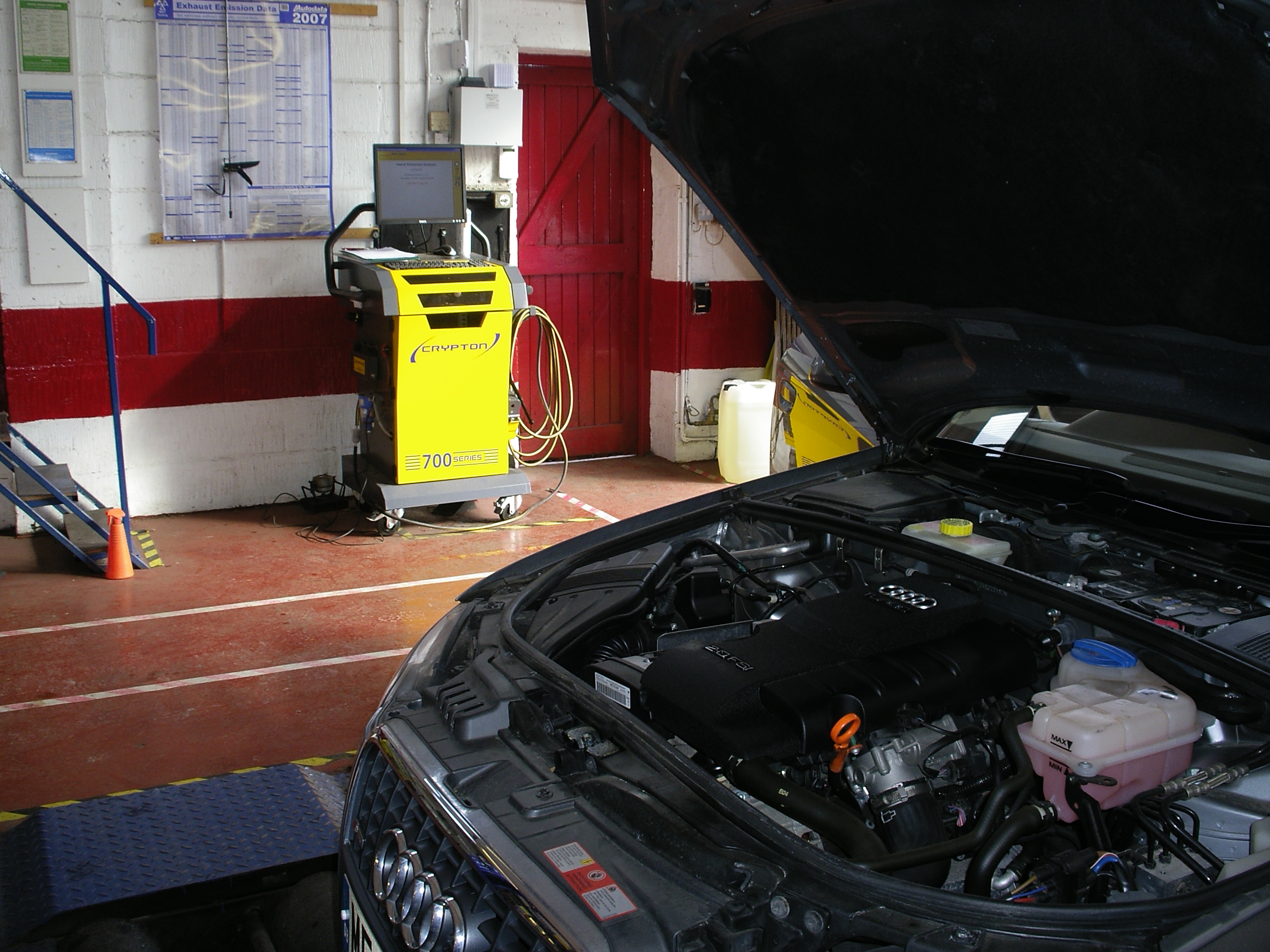Welcome to SPG
your friendly local garage
SPG is a family run MOT & Service Centre in Warrington which has been trading since 1991.
If you are looking for a reliable, experienced and professional service, look no further, give us a call to discuss your needs.
We believe our key to success is by dedicating time to understand customers unique needs and preferences and to tailor services to meet specific requirements.
Stress free
from start to finish
- 50+ Years of Experience
- Family Business
- Friendly Service
- Quality Products
- Trustworthy
- Dependable
- Reliable
- Reputable


We are committed
to giving you a positive experience
Our reputation for excellence has been built on the foundation of delivering exceptional service and meeting the needs of customers.
We take pride in the fact that we have never needed to advertise our services, relying solely on word of mouth to attract new business.
Our approach has helped to build a loyal customer base who return time and time again.
We take pride in that advertisement isn’t required and rely solely on word of mouth to attract new customers.


MOT & Service Centre in Warrington
- MOT Testing
- Servicing
- Engine Repairs
- Engine Rebuilds
- DPF Cleaning
- Wheel Alignment
- Timing Belts
- Tyres
- Brakes
- Batteries
- Diagnostic Checks
- Bulbs
Service Options
Who you see is who you get




Graham Johnson
MOT Inspector / Mechanic

Sue Johnson
Receptionist

Chris Carr
MOT Inspector / Mechanic
Happy customers
we've helped along the way
Happy Customers
we've helped along the way
Accreditations




ADDRESS
15 Haydock Street
Warrington
Cheshire
WA2 7UW
Warrington
Cheshire
WA2 7UW
OPENING
Monday 08:00 – 17:30
Tuesday 08:00 – 17:30
Wednesday 08:00 – 17:30
Thursday 08:00 – 17:30
Friday 08:00 – 16:30




